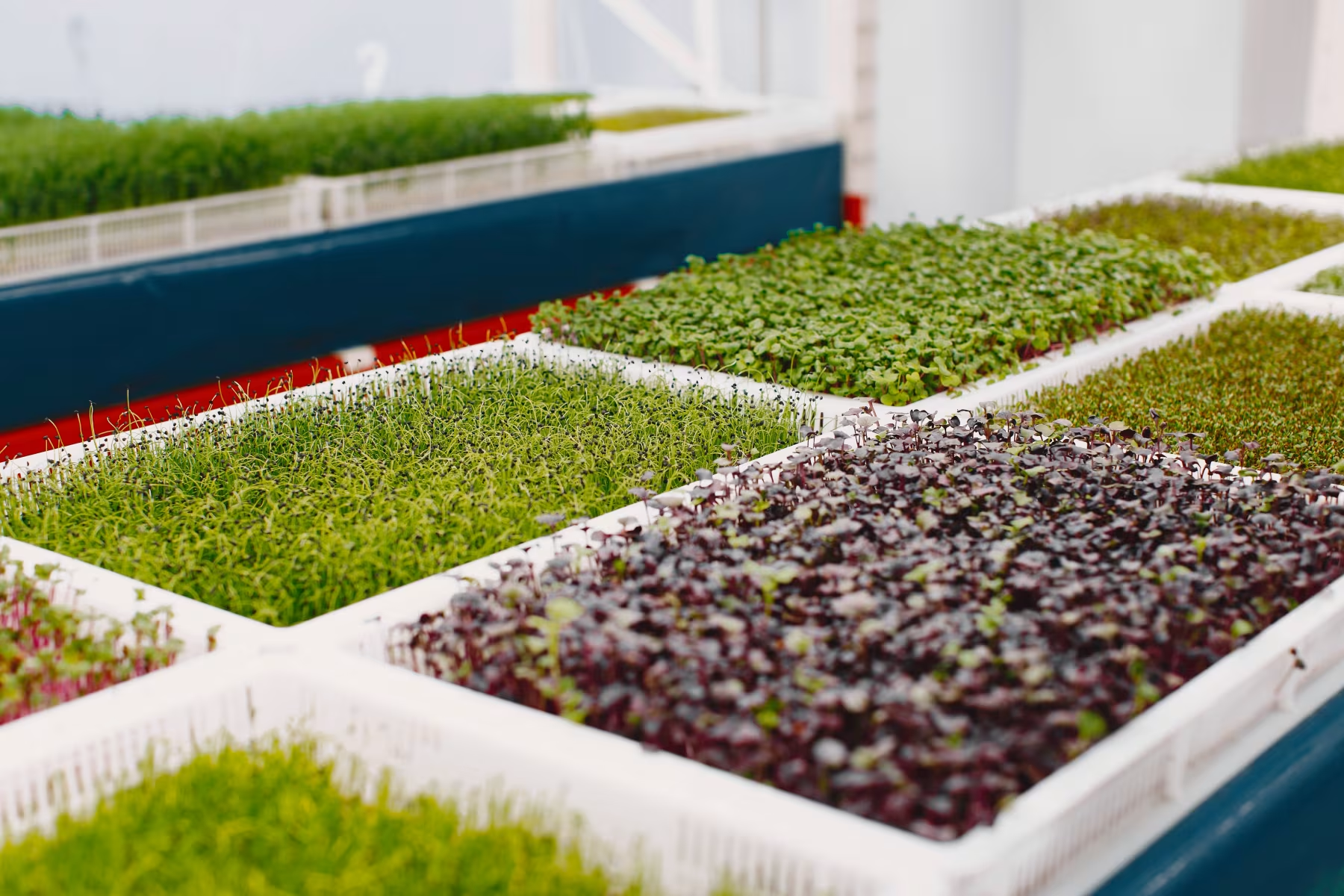
Challenges and Limitations of Vertical Farming
Vertical farming is an innovative agricultural approach that leverages vertical systems to grow crops in controlled environments. This method has gained significant attention as a promising solution to challenges like land scarcity, urbanization, and climate change. With its potential to revolutionize food production, vertical farming offers exciting opportunities to enhance sustainability, improve food security, and reduce environmental impact. While there are challenges to address, such as high initial costs and technical complexities, solutions like modular systems, renewable energy integration, and advancements in automation are helping overcome these limitations, ensuring a brighter future for this technology.
High Initial Costs
One of the biggest challenges of vertical farming is the high initial capital required to set up such systems. Unlike traditional agricultural methods, vertical farming requires specialized technologies, such as LED lighting, irrigation systems, climate control, and automated management systems. Additionally, urban land tends to be more expensive, further increasing costs. Although long-term efficiency and resource savings can be achieved, the initial investments can be a barrier. A solution to this challenge lies in the use of modular systems, which allow for gradual investment. In this way, farms can start with smaller, less demanding systems and gradually expand their capacity as they grow, ensuring a return on investment while reducing initial costs. This approach not only reduces startup costs but also provides flexibility in planning future investments. Moreover, these high costs can be mitigated by investing in existing farms, leveraging their infrastructure and reducing the need for entirely new setups. GreenState offers such opportunities, allowing businesses to invest in and enhance existing vertical farms, thereby minimizing the initial capital expenditure and benefiting from established systems. This model provides a more accessible entry point into the vertical farming industry while ensuring faster returns and lower risks.
High Energy Consumption
Vertical farming systems, especially in urban areas, often rely on energy-intensive technologies, such as LED lights, temperature and humidity control systems, and irrigation systems. These systems can significantly increase overall energy consumption. In some cases, this may make vertical farming less sustainable, particularly if the energy used is derived from non-renewable sources. To achieve sustainability, it is necessary to invest in energy-efficient technologies and renewable energy sources, which further increases costs. Despite the high energy consumption, there are solutions that can significantly reduce this impact. For example, installing solar panels on the roofs of vertical farms can significantly decrease the need for energy from fossil fuels, enabling self-sufficiency and reducing carbon emissions. Additionally, the development of more energy-efficient LED lights, which consume less energy while providing the same light intensity, and the use of advanced temperature control systems that automatically adjust conditions for optimal plant growth, can further optimize energy use and reduce overall operating costs.
Limited Plant Varieties
Vertical farming can be highly effective for growing certain crops, such as lettuce, herbs, and microgreens, but applying this technology to larger plants, like tomatoes, cucumbers, or grains, can be challenging. Given the space constraints and the specific needs of these plants such as longer growing periods or specific pollination conditions vertical systems are not always ideal for their production. While vertical farming can significantly increase the production of certain types of food, it is still not applicable for a broader range of crops. These limitations in the types of plants that can be effectively grown present a significant problem, but there are potential solutions. Technological innovations, such as hybrid growing systems that combine vertical farming with traditional soil-based cultivation, can enable more efficient growth of larger plants. Additionally, the development of advanced hydroponic and aeroponic systems, which create optimal conditions for growing plants with specific nutritional or structural needs, can further expand the possibilities of vertical farming and make it suitable for a wider variety of crops.
Reliance on Technology and Expertise
Vertical farming requires a high level of technological literacy and expertise for proper system management. Automated irrigation, climate control, and lighting systems must be precisely configured and maintained to ensure optimal plant growth. In many cases, this means that farms using vertical systems need to employ technology and engineering experts, which can increase operational costs and create a reliance on specialized labor. To reduce reliance on highly specialized personnel and ease the management of vertical farms, it is essential to invest in workforce training and education. By developing training programs that enable farmers and workers to acquire the specific skills needed to operate these advanced systems, costs can be significantly reduced, and efficiency improved. Additionally, the development of user-friendly software solutions and management platforms that simplify the complexity of these systems can reduce the need for constant engagement with technological experts.
Furthermore, establishing innovation centers and cooperatives among small and medium-sized farms facilitates the exchange of resources, knowledge, and experiences, which can help reduce dependence on external experts and speed up the implementation of new technologies. This approach makes vertical farming more accessible and sustainable for a broader range of producers.
Limited Availability of Land in Urban Areas
While vertical farming offers significant advantages in urban environments, where land is often limited, challenges remain regarding the availability of suitable space for implementing farming systems. Furthermore, the infrastructure required for vertical farms often involves high investments and complex logistical coordination, which can present a barrier to widespread adoption. One potential solution to overcoming these challenges is the use of underutilized urban spaces, such as building rooftops, abandoned industrial buildings, or even parking lots. These spaces can significantly increase the available area for vertical farms, reducing pressure on the land market and enabling a more sustainable approach to food production in cities. This approach not only contributes to more efficient land use but also enhances energy efficiency and reduces the ecological footprint, creating opportunities for more sustainable urban development.
Ecological Impact and Sustainability
Vertical farming can significantly reduce the need for pesticides and herbicides, as well as the use of land, but the ecological impact of these farms is not entirely without challenges. The energy consumption for lighting and maintaining the systems can negatively affect the environmental balance, especially if the energy comes from non-renewable sources. Additionally, the use of synthetic materials, such as plastics and components for hydroponic systems, can contribute to a larger ecological footprint. Although there have been advancements in developing more sustainable alternatives in recent years, further investment in sustainable technologies is needed. To reduce the negative ecological impact, it is crucial to adopt sustainable materials for constructing the systems, such as recycled plastics or biodegradable components. Furthermore, implementing water recycling systems and minimizing waste can significantly reduce the environmental pressure and contribute to the more sustainable operation of vertical farms.
Overcoming Challenges and Unlocking the Potential of Vertical Farming
Vertical farming represents a potential solution to the challenges faced by traditional agriculture in the context of urbanization, climate change, and global food consumption. However, this technology faces significant challenges, including high initial costs, energy consumption, limitations in the types of crops that can be grown, and technical demands that require high levels of expertise and technology. While vertical farming could become an important part of the future food production system, further research and investment in technology, sustainability, and workforce training are needed to overcome these barriers. Despite facing numerous challenges and limitations, vertical farming offers significant opportunities for improving food production in urban areas and in regions where land is scarce.






